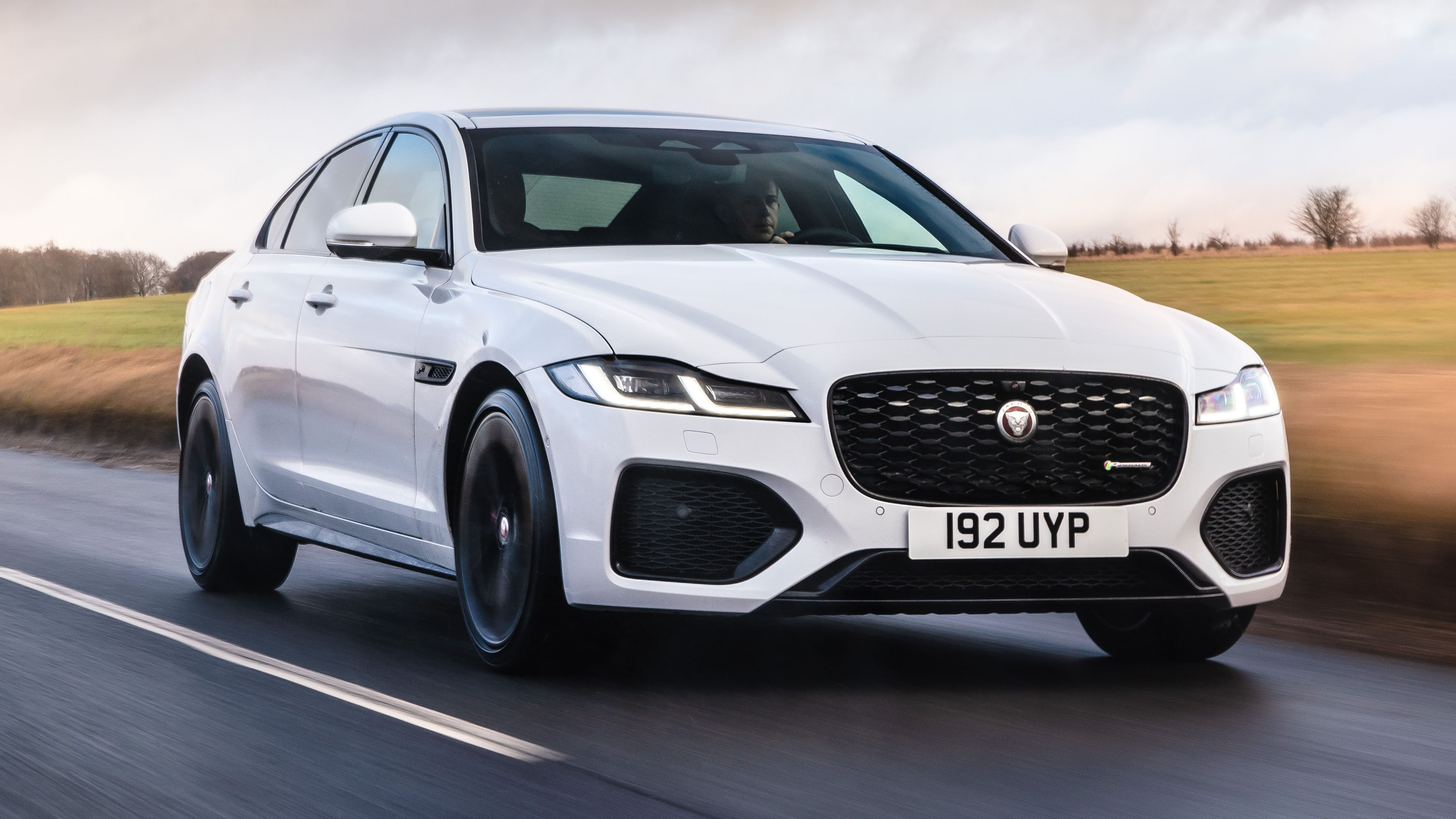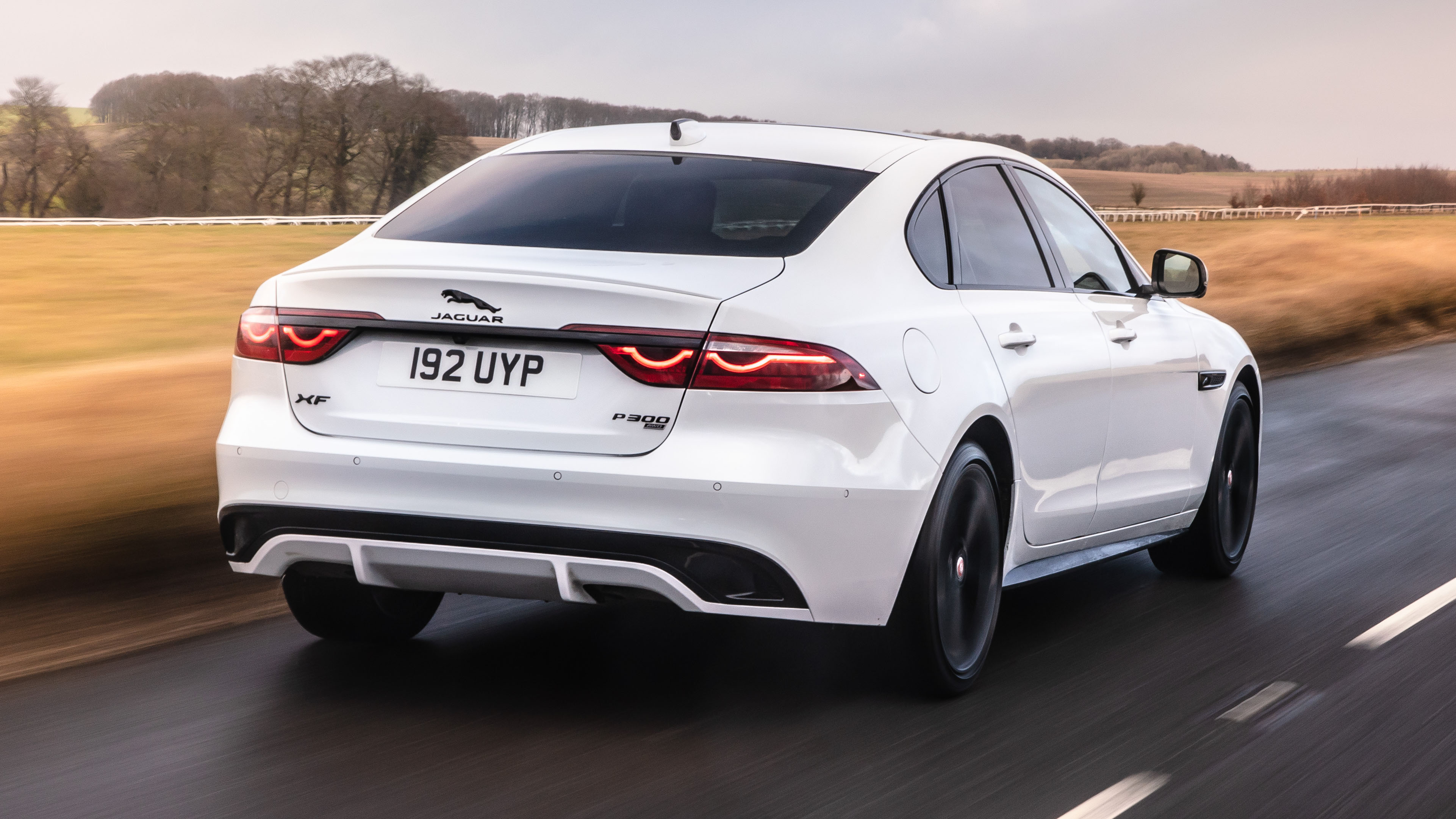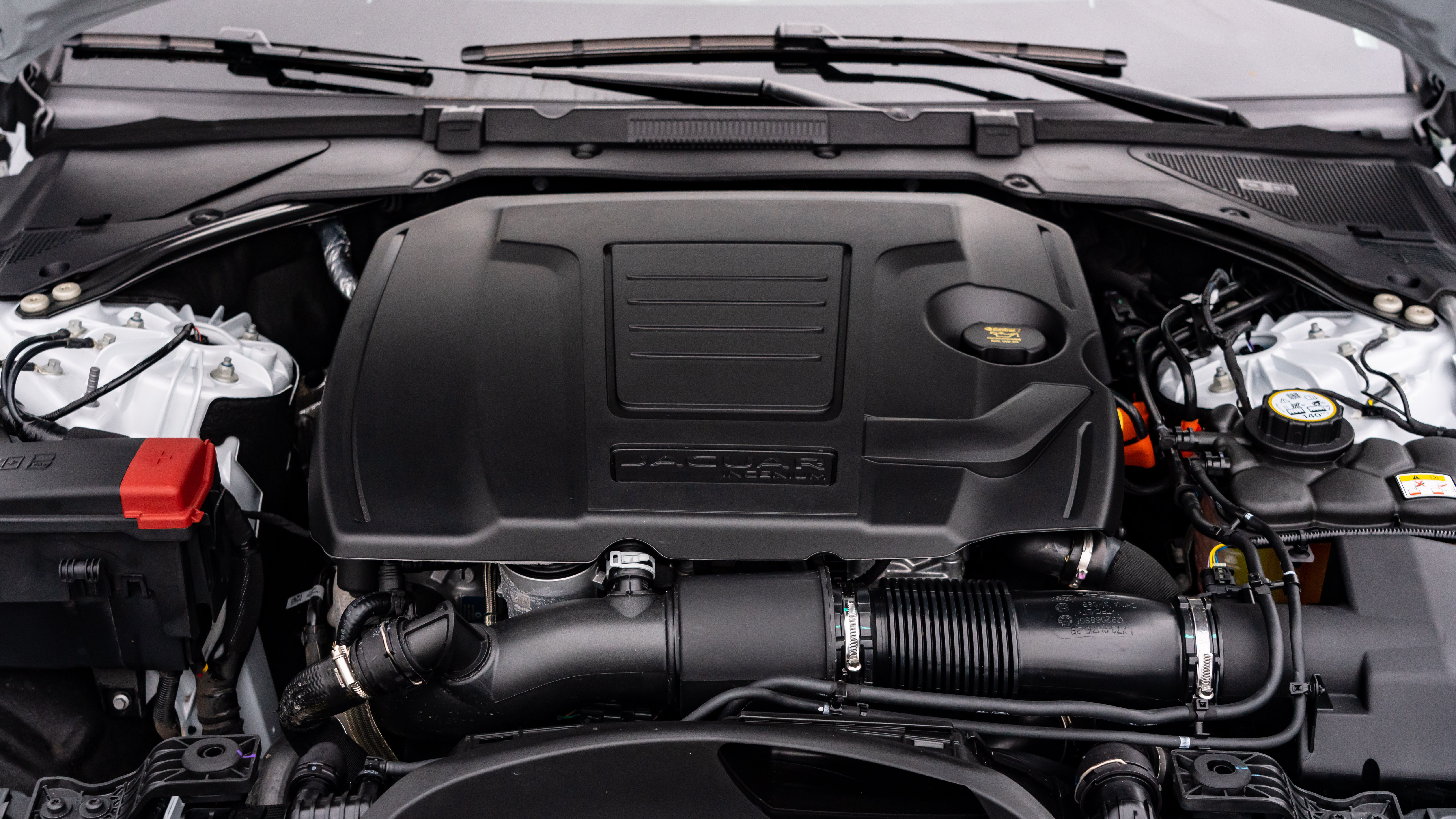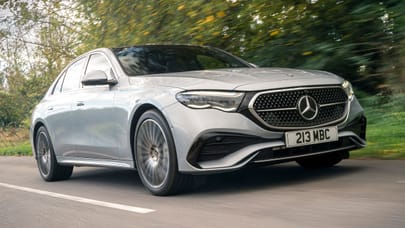
Jaguar XF review
Good stuff
Interior is now world-class, handling and ride are as sublime as ever, handsome in the right spec
Bad stuff
Engines aren’t the sweetest, real world fuel consumption not as good as claimed, get the spec wrong and kiss goodbye to any semblance of street cred
Overview
What is it?
Is the executive saloon having an existential crisis? Well the words ‘executive saloon’ are a tough sell, let’s be honest. In these strangest of times, the idea of ascending the corporate ladder and rewarding yourself with a large-ish four-door car seems more outdated than ever. Doesn’t it play to the sort of mind-set that propelled a variety of Seventies and Eighties BBC sitcom characters into thigh-slapping bother? It’s certainly difficult to imagine a senior software engineer in the Google-plex plumping for one. And as we know, software engineers are taking over the world.
Jaguar is probably more wedded to a fusty old stereotype than most. While new boss Thierry Bolloré ponders the brand’s potentially all-electric future, running the numbers on what was once the company’s bread and butter will have him reaching for strong medication or a stiff drink. The XF sold 16,024 units throughout Europe in 2016, which dropped to 5,935 in 2019. This is obviously sub-optimal, and a scenario that won’t have been helped by what was lurking round the corner…
It’s a downward spiral the XF in itself has done nothing to deserve, regardless of macro trends and the machinations of the apocalyptic four horsemen. As TG.com has noted, the XF is possessed of the sweetest handling and ride balance in its class. Maybe no one cares so much about that stuff any more. What they do care about is interior quality and connectivity, two areas in which the XF was rather less competitive. This major mid-life update addresses that, as well as revising the engine line-up and substantially streamlining the model hierarchy: from 64, there are now 28 derivatives, and just three engines – a 201bhp, 2.0-litre four-cylinder diesel with a 48V mild-hybrid, and a 2.0-litre petrol, in 247bhp and 296bhp form. Prices now start at £32,585, which is significantly less than key rivals, and £2.5k less than the outgoing car. Jaguar says this is part of a revised commercial strategy, and it helps reduce manufacturing complexity. But it also suggests a reversal of fortune.
Still, keep calm and carry on. There’s the obligatory exterior makeover, covering all the usual facelift bases. The front end is punchier, with a more aero-efficient bumper, bigger air intakes and slimmer LED headlights with a ‘double J’ design. The Jaguar ‘leaper’ logo is on the side vents, and laser-etched within the headlights. The rear end has an enlarged diffuser and redesigned bumper which enhances its stance. As ever with Jaguar, the upshot is a car that looks substantially cooler in R-dynamic spec, gloss black working much better with the car’s fundamentally fine proportions than a more chromey finish. Jaguar has never been much good at alloy wheels, but of the 12 available five are new. There’s no question this is a seriously handsome car, but is that enough?
Our choice from the range

What's the verdict?
The XF’s class-leading dynamics are preserved, while the new interior is in a different world compared to the outgoing car. Whether it’s enough to reverse the model’s drift towards market indifference is moot, but much of the freshness that makes the electric I-Pace so appealing has been imported here. The XF is as spec-sensitive as ever, but get it right and this is a stealthy, unexpectedly left-field Q-car, regardless of its missing cylinders.
Even so, you can’t help thinking that some big questions are currently being mulled over in Jaguar HQ, and that this XF might well end up being the last of the line.
The Rivals
Trending this week
- Car Review
BMW iX3










